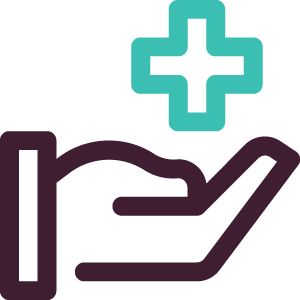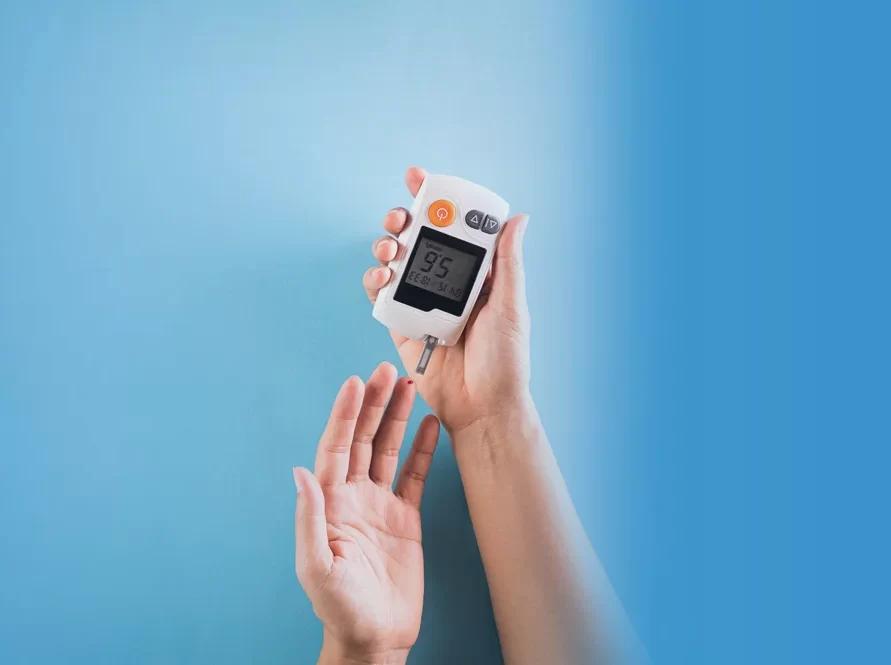
Phone
(817) 525-0057
info@glucoguardsleep.com

The Problem
Common hypoglycemia symptoms may include

Fast heartbeat

Shaking

Sweating

Nervousness or anxiety

Irritability or confusion

Hunger
It is estimated that 422 million people are living with Diabetes worldwide.
For people that suffer from Diabetes, there is the constant issue of monitoring blood sugar levels. Blood sugar levels can fluctuate often during the day.
When they drop below 70 mg/dL, this is called having “low blood sugar” or Hypoglycemia. At this level, you need to take action to bring it back to it’s safe range.
Low blood sugar is especially common in people with type 1 diabetes.
Hypoglycemia can result in loss of coordination, consciousness, and even death.
Common hypoglycemia symptoms may include:
- Fast heartbeat
- Shaking
- Sweating
- Hunger
- Nervousness or anxiety
- Irritability or confusion
- Dizziness

While low blood sugar can happen at any time during the day, many people may experience low blood sugar while they sleep. This known as "Nocturnal Hypoglycemia"

As many as 1 in 10 Type1 Diabetics will die from Nocturnal Hypoglycemia, also known as “Dead in Bed Syndrome”.
Nocturnal Hypoglycemia can occur when blood sugar levels fall below
70 mg/dL (average range is between 70-110 mg/dL) while asleep. Nocturnal hypoglycemia complications are compounded if the patient fails to wake up. Unsafe blood sugar levels requires the patient to wake up and consume their own form of fast-acting carbohydrates, such as insta-glucose. If they are unable to wake up, low blood sugar can lead to detrimental effects such as coma and even death. Current continuous glucose monitoring devices can fail to alarm the patient while asleep.
“Dead In Bed Syndrome” is a phrase coined to describe when a patient suffers a nocturnal hypoglycemic episode that results in their death either directly from the episodes or by complications triggered by the episode.
Some of the causes of Nocturnal Hypoglycemia include"
- Accidental insulin overdose
- Skipping dinner or not consuming enough carbohydrates
- Exercising before bed
- Drinking alcohol before bed
- Dizziness